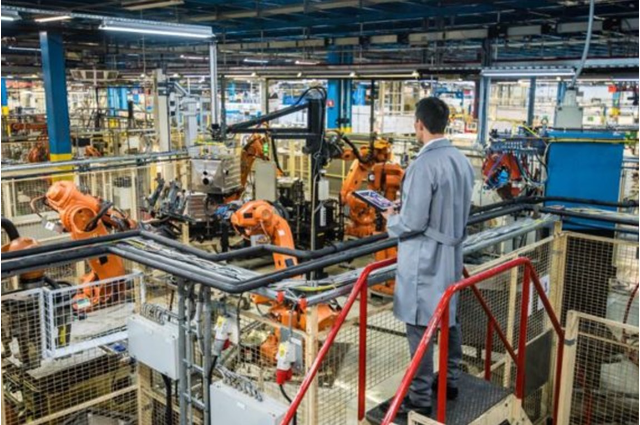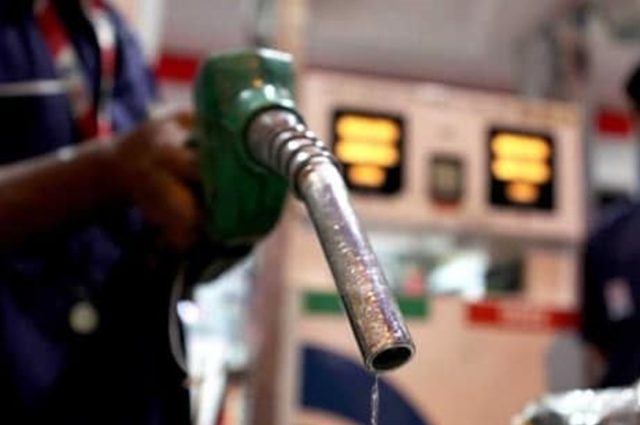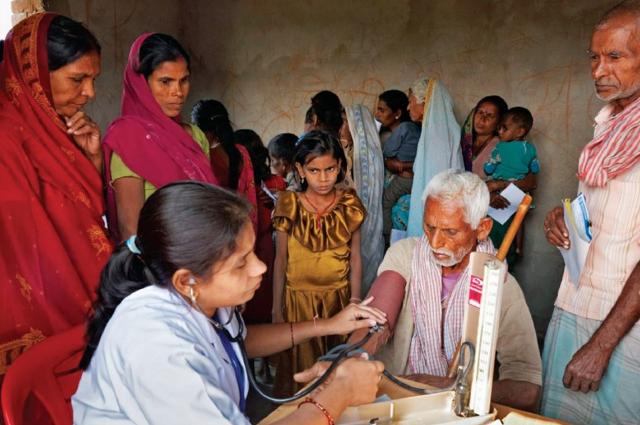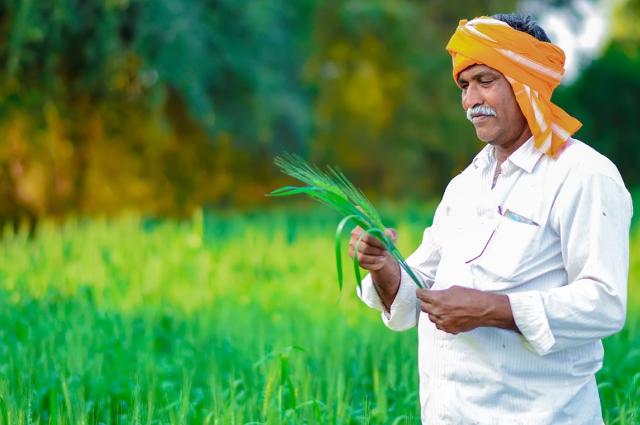
India is a land of a billion opportunities. As per a report by the Centre for Economics and business research, India is expected to become the world's 3rd largest economy by 2030. Over the next 25 years, India's population will grow to the level of 1.67 billion. Currently, 1.36 billion people reside in India in which, the share of youth is expected to be 34.33%. India currently has the biggest youth population and will continue to have this advantage until the year 2030. The youth population's advantage could be derived maximally if we create enough job opportunities for them. For this purpose, India should attract foreign companies to set up manufacturing units in India.
Let's for a minute dive into the story of Apple's entry into China. China knew the importance of roping in big companies like Apple and went the whole hog in making the road for Apple paved with roses. China spent billions of dollars recruiting workers, building roads, constructing power plants, factories, and employee housing. Today, almost every iPhone, iPad, and Mac are assembled by Chinese workers. Apple brought with it millions and millions of jobs for China. India also needs to follow the same strategy as China did for Apple. It needs to make sure that it creates favorable conditions for international companies. India has also taken steps in this direction by offering incentives in the range of 4-6% payment for the company's incremental sales to companies in electronics, mobile phones, pharmaceuticals over the next five years. Thus, companies like Samsung, Foxconn, Wistron, and Pegatron have shown interest in opening plants in India. This would generate employment opportunities and also strengthen India's image as a global manufacturing hub.

Oil imports have long been the mill around India's neck as India imports nearly 84% of its crude oil requirements as per Ministry of Oil data. It is a major foreign exchange guzzling commodity. Not only does the import of oil burn a hole in the foreign exchange reserves, but it also makes our country prone to the vicissitudes of international oil prices. Increasing oil prices increase the inflation in the economy. Thus, the problem should be dealt with at a severe pace. One of the initiatives by the government in this regard is the mixing of ethanol with petrol. This is a wonderful initiative by the Government of India as its benefits are multipronged like reduced oil dependence, reduction in pollution, increased incomes to our farmers. Thus, the target for ethanol-blending in petrol is 20% by 2025, which has been advanced by five years from 2030. Ethanol is mainly extracted from sugarcane, damaged food grains like rice and wheat, and agricultural waste. India currently mixes about 8.5% of ethanol in petrol, which is outstanding progress. The use of alternative sources of energy like natural gas, solar energy, nuclear energy is also crucial in this regard. The government is working at a breakneck speed to ensure the share of renewable sources of energy in power generation goes up. The Indian government has set an ambitious target of ensuring that 60% of all the energy generated is renewable by 2030. The government needs to back the renewable energy industry with lower interest rate loans which currently stand in the range of 12-15%, higher tariffs, and other incentives.

Healthcare is one of the sectors which has always been neglected in India. Our spending on the healthcare sector as a percentage of GDP (3.6%) speaks volumes about how serious we are about this sector. Contrast these numbers with the average healthcare expenditures of OECD countries (Organization for Economic Co-operation and Development), which stands at 8.8%. One of the problems engendered by our low healthcare spending hounded India during the first and second pandemic wave: the unavailability of beds for patients. India has five beds per 10,000 people, which is grossly insufficient. In a bid to ameliorate this situation and boost the creation of hospitals in smaller cities, the government has increased the viability gap support to 30% from the previous 20%. This ensures that 30% of the capital expenditure of opening hospitals in less hospitalized areas is covered. There are some criticisms of this scheme, like people in the smaller cities and villages won't be able to pay for the treatment that costs more, lack of availability of doctors for hospitals in smaller towns. The solution to the first problem could be a variant of Pradhan Mantri Jan Aarogya Yojna. Anyone who wants to get the benefit of health insurance, can get it through such a government scheme at a lesser premium cost. For the problem of recruiting doctors in less hospitalized areas government could give incentives to doctors such as good salaries, enhanced career opportunities after specific years of work, improved living conditions, and good infrastructure.

Ten thousand two hundred eighty-one farmers committed suicide for various reasons in 2019; among the most prominent reasons were not being able to repay the debt taken from unorganized sectors like money lenders. In almost every election, be it center or state election the most widely used tool of getting votes is to promise a waiver of farmers loans, not to mention that the biggest beneficiaries of such waivers are the MLAs and MPs who are big farmers themselves and own large piece of farmland and get away with not paying loans because of loan waivers. It's a lose-lose situation for both farmers and the government as it puts a dent on the government exchequer and does not lead to any improvement in the farmer's life. Such an amount should be dedicated to adding more and more farmers to crop insurance schemes like Pradhan Mantri Fasal Bima Yojana, which would help them bear the brunt of crop loss due to adverse conditions. The most important thing the government should try to do is to ensure the MSP (Minimum Support Price) is at least 50% higher than the cost of production for farmers and doubling their income by 2022 as was the promise in government's manifesto and was promised by the then Finance Minister Arun Jaitley in his budget speech in parliament on February 1, 2018. These two measures will have far outreaching consequences than a stopgap measure like a loan waiver and would go a long way in improving the quality of life of our Farmers.

A focus on areas like job creation, bringing in FDI, alternative sources of energy, better healthcare, and farmer's income are critical for the country's growth and development in the next 10-15 years. In the end, the government should never shy away from setting challenging goals, but at the same time, they should be realistic and attainable. Should the government achieve the goals it has set, nobody can stop India from being a global power.
